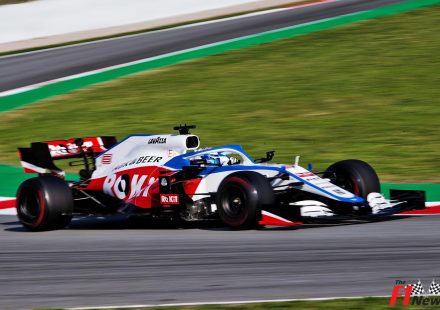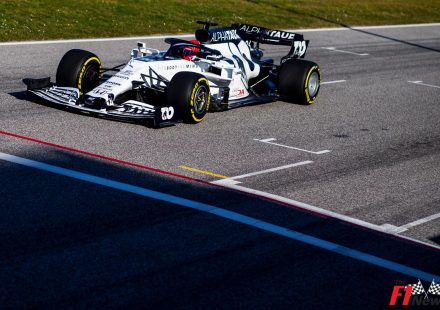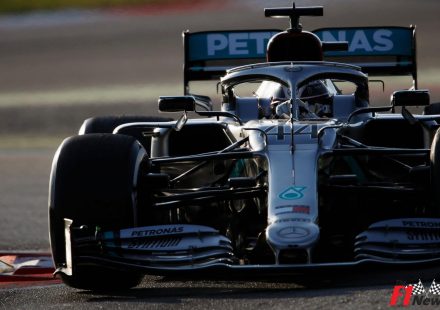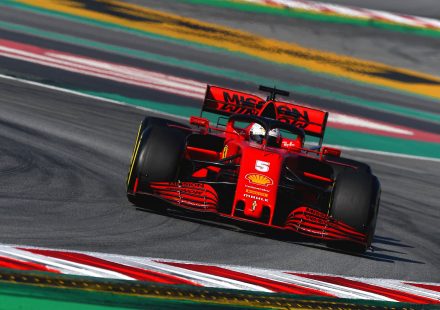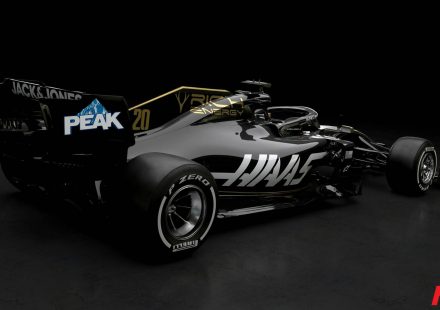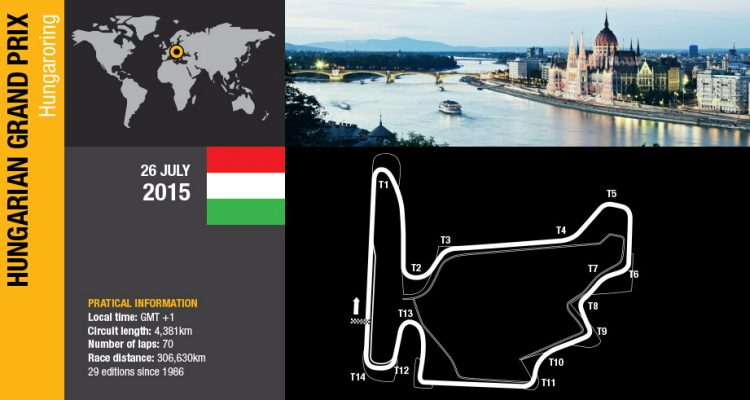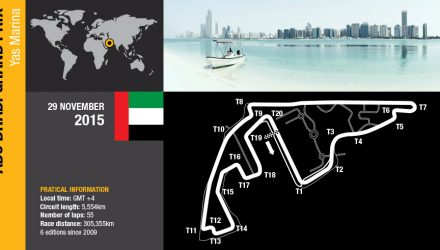RÉMI TAFFIN, DIRECTOR OF OPERATIONS
We go to Budapest, like everyone, with a heavy heart following the passing of our colleague Jules Bianchi. Our thoughts are naturally with his family at this sad time and we will be racing with him at the forefront of our minds.
Hungary is very different to the previous three races on the calendar. With so many low and medium speed corners and only two short straights, the emphasis is on low speed driveability and energy recovery rather than outright top speed and power. This type of track allows us to play out our strategies better so we hope to be closer to the front in qualifying and able to play a greater role in the race result.
We’ve maintained a good PU reliability since the Spanish GP but we need to continue to strengthen it to keep watching our performance improve race after race. Both of these factors are critical in the tough conditions of Hungary so we hope to secure a good result to finish the first part of the season.
The Hungaroring is located in an area with very high levels of sand. These particles are very abrasive if they enter the internals of the engine so the filters will be checked on a regular basis and cleaned to avoid any potential wear and tear. Renault Sport F1 will also work with Total to use high grade lubricants to avoid any additional wear.
Ambient temperatures are between 30 and 40°C in Hungary at the end of July. Heat dissipation is key to dealing with the hot conditions but the high downforce settings required for this track do not afford the luxury of additional air inlets to cool the engine. The dynos back at Viry will test engines over the Hungaroring cycle in high ambient conditions to prepare for this race in particular.
Fuel consumption per kilometre is high in Hungary due to the high number of stops and short bursts of power. Although some of the heavy load is offset by the high average ambient temperatures, engineers will still pay a lot of attention to the consumption rate. Fortunately the MGU-K and H are able to recover a lot of energy to keep fuel within the permitted limits.
Renault engines have won at the Hungaroring eight times. The V10 claimed victory five times between 1990 and 1997 with the V8 powering Fernando Alonso and Mark Webber to wins in 2003 and 2010 respectively. Daniel Ricciardo scored his second victory of the year in Hungary in 2014.
FOCUS ON…HUNGARY 2003
In 2002 Renault returned to a full works team status. Its goals were ambitious: win races and go for a title. The timeframe was equally ruthless, but no one expected victories quite so quickly. Renault’s first win came in Hungary only the following year.
Pascal Aragnouet was an engine technician in the Renault F1 Team garage at the time. ‘The Hungarian Grand Prix was at the end of August in 2003 so we’d just returned from holidays. I remember it was very busy when we got back. The car was working well and the whole team was confident so there was an extra impetus as we felt we could get some good results.
‘We arrived in Budapest in an optimistic frame of mind. Benetton had always been strong at the track and – it’s hard to put into words – we felt that things could go our way again. It was just a feeling, but we were more confident than normal. We started practice and had no real problems, then qualifying came on Saturday. Fernando went and put it on pole! We were surprised that we were faster than the Ferraris, but from what Fernando was saying on the radio and in the debriefs, he felt ultra-comfortable in the car and was very confident in himself.
‘Race day came and Fernando kept his lead from the start and managed to pull away at an incredibly fast rate. It came down to his confidence in the car I think. He managed to pull away at around one second a lap and before his first stop he came on the radio and asked what had happened to the rest of the field! You don’t often hear that…
‘He came in for fuel and there was such a large gap that everything felt very relaxed. That’s until the end of the race, that is. In the closing laps we had such a big margin that you start to think something will happen – a puncture or a technical problem. As it happened he was able to lap almost everyone, even up to fifth place and came home to score his first victory.
‘It was a fantastic feeling after that and it really lifted morale. It was the first win for Fernando and the first for Renault since its return. We went back to Viry full of motivation and confidence that we could really be a great team. It was there that we really got everything started.’
POWER UNIT DETAILS
ICE
The Hungaroring is not considered a power sensitive track since one lap is taken at just 45% full throttle. The average speed is just over 180kph during qualifying, with each corner taken from second to fourth gear.
The ICE is given a relatively easy ride in Budapest. The only opportunities of sustained full throttle are the 790m pit straight and the 500m straight between Turns 3 and 4.
TURBOCHARGER
Of all the races in the first part of the season, this is the one where the turbo will be the most highly solicited. The driver is constantly on and off the power and having a turbo that can kick in instantly with accurate power will greatly reduce lap time by improving driveability.
Sector two is critical for turbo response since the corners are mid to low speed, with rapid braking events. Delivering power when needed is important to overall lap time reduction.
The entry and exit into and from Turn 11 at the end of Sector Two is particularly important as there is a short straight before the final complex of the track.
MGU-K
The heavy braking zones will provide the K with the opportunity to recover energy. The first corner is the first chance as the cars go from over 300kph to just under 85kph.
Turns 6 and 7 (the chicane) feature another heavy braking zone that gives further opportunity. The drivers will brake down to 100kph for this sharp change of direction.
Other large stops are spread throughout the lap, including Turns 8, 9, 11 and 12. These right-angled turns are very similar in characteristics, with the driver braking to just over 130kph.
MGU-H
The MGU-H is really put through its paces in Budapest, possibly more than at any other circuit so far this year since the small bursts of power between the corners are intense.
The section from Turns 4 to 11 is the twistiest part of the track and drivers will be at partial throttle for 65% of this extended complex. Cars negotiate principally third gear corners with an average of 150kph.
This goes to show that a high proportion of the lap is spent cornering at mainly medium speeds. The MGU-H has to recover energy where it can as the straights are few and far between but it must ensure good boost control for driveability. This means that the MGU-H is highly solicited for control purposes.

